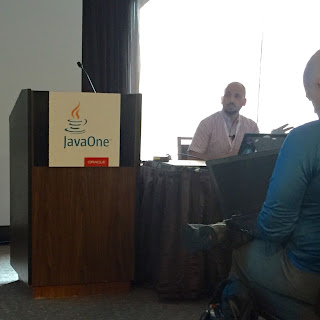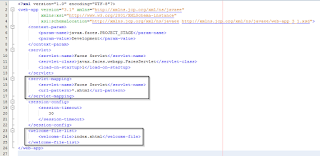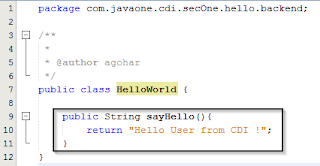The tools may need to be manually added to Word if they do not appear:
- Browse to the Word 2016 folder:
"C:\Program Files (x86)\Microsoft Office\Office16." - Right-click WINWORD.EXE and select "Run as Administrator" to open Word 2016 with Administrative rights.
- Go to the File Menu and choose "Options."
- Select "Add-Ins" from the list at the left.
- At the bottom of the Add-Ins page, there is a "Manage:" dropdown list. Leave this on "COM Add-ins" and select Go.
- On the COM Add-Ins page, Choose the "Add..." button.
- Browse to the following location and select the "EndNote CWYW.dll" file.
C:\Program Files (x86)\Common Files\ResearchSoft\Cwyw\17 - Once you have Selected the "EndNote CWYW.dll" file, choose OK and OK again to close the COM Add-Ins screen. The EndNote tools should now be in Word.
For more options read this : https://researchsoftware.com/faq/endnote





